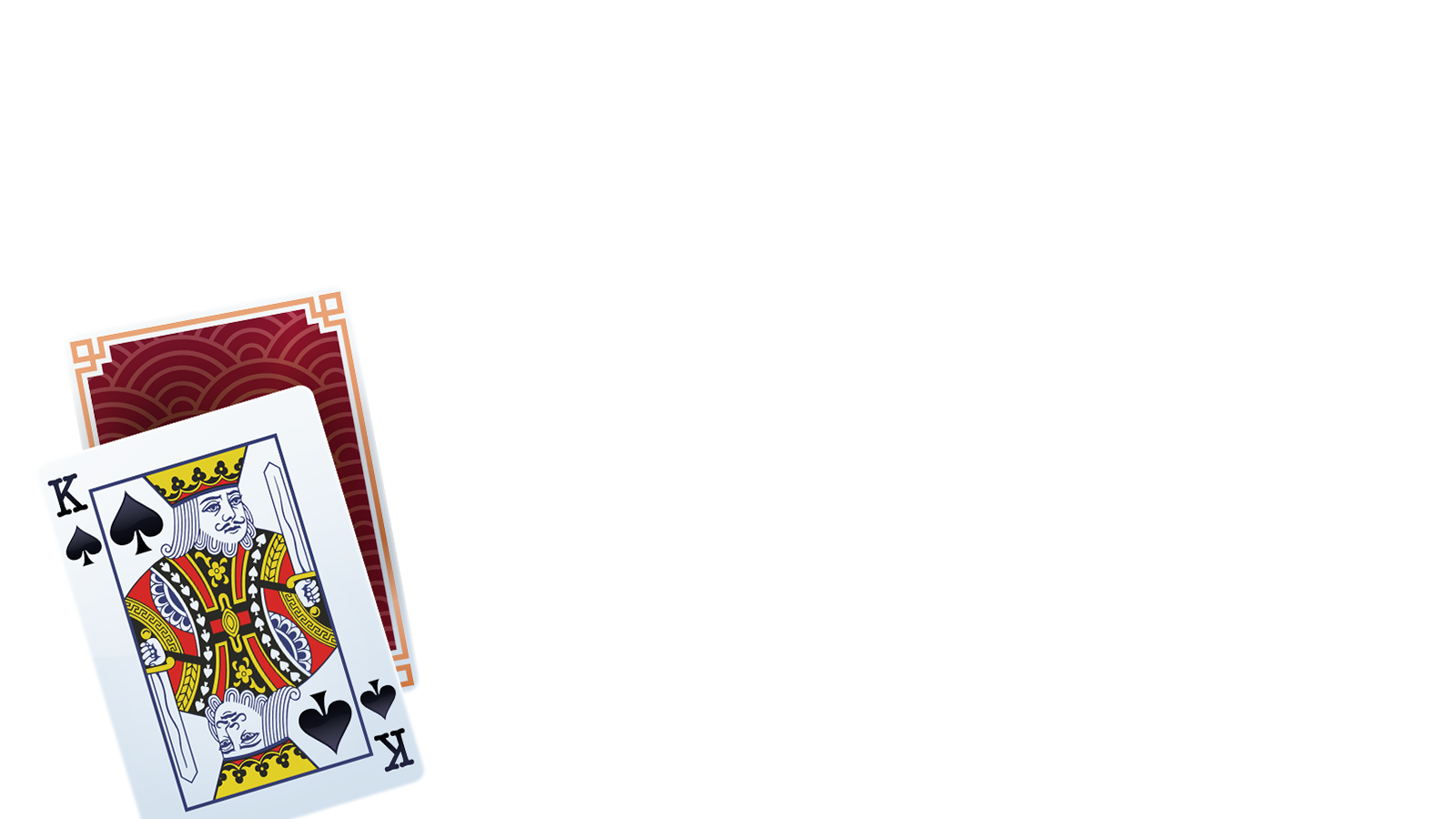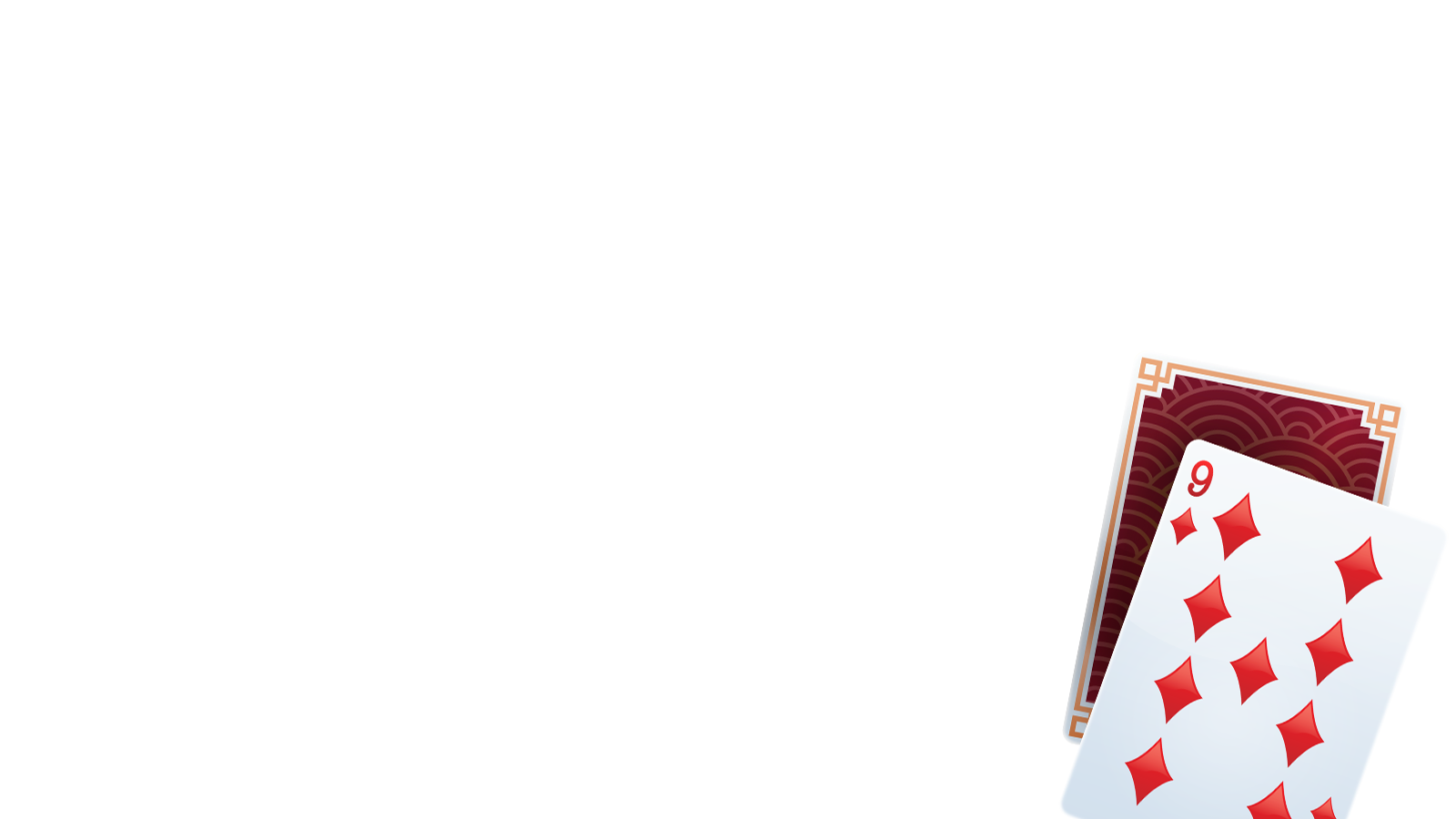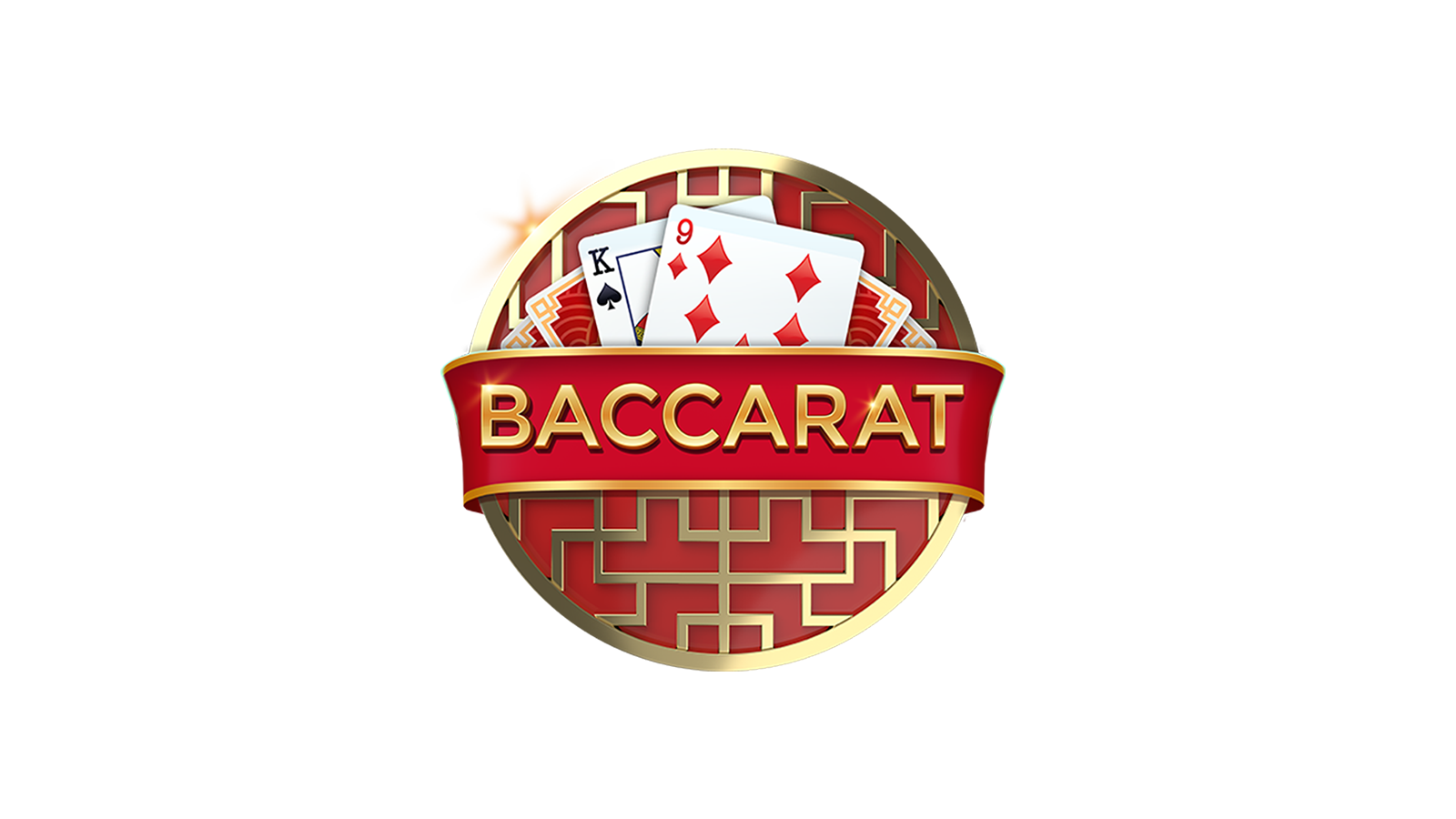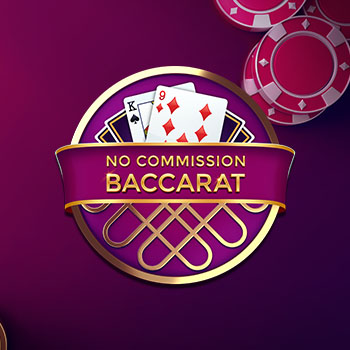An RNG version of the popular casino card game Switch Baccarat plays out on a beautifully rendered red virtual baccarat table. On launching the game, you’ll notice two positions with the words “Player” and “Banker” on the dealer side of the table, and five betting positions in front of you. From left to right, these are Player Pair, Player, Tie, Banker, and Banker Pair.
The first thing you do when you play baccarat is place your bet on one or more of the table betting positions. The virtual dealer will then deal a hand of two cards face down to the Player and Banker positions, and your task is to predict which one of them will have a value closest to nine. The cards are dealt from a virtual eight-deck shoes.
The real baccarat scoring system assigns face value to card ranks two to nine. Tens, jacks, queens, and kings count as 10, and aces have a value of one. If the total value of a hand is more than nine, the first digit falls away As a result, a hand containing a seven and a six will total 13. Remove the first digit, and you have a score of three.
Once the initial two cards have been dealt to each position, you can perform the Baccarat Squeeze on the hand you bet on. Peel a card back slowly from any edge or corner to reveal the result.
The Player and Banker hand then either hit or stand. If either hand scores eight or nine, both of them stand. The Player hand hits on a total of five or less. A Banker hand hits on a total of five or less when the Player hand stands.
Player bets pay out 1:1, while banker bets incur a 5% house commission and pay out 95%. The reason is that the Banker hand is statistically more likely to succeed. Tie bets pay out 8:1, and Player and Banker Pairs pay out 11:1.














